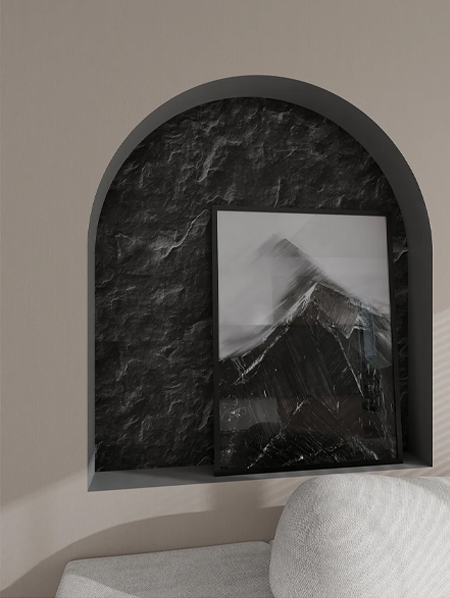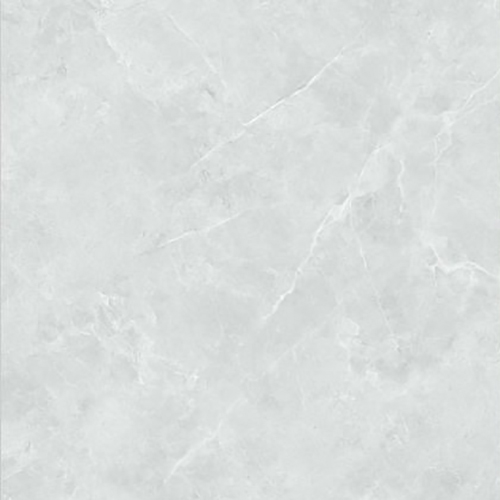
Our team is proud to offer on time guarantee and product guarantee to customer satisfaction.
Read More

In the process of producing Stone Pattern Decorative Papers, reducing the impact on the environment can be done from many aspects, covering material selection, production process, waste treatment and other links. Here are some specific practices and methods to improve environmental protection and sustainability:
Choose sustainable raw materials
Recycled paper: Choose recycled or regenerated paper as the base raw material, which not only reduces the demand for new wood, but also reduces the burden of waste paper on the environment. Some manufacturers may choose to extract pulp from recycled waste paper for production, which can reduce resource consumption and save water and energy.
Environmentally friendly inks and dyes: During the printing process, environmentally friendly water-based inks or plant-based dyes are used instead of traditional oil-based inks. These water-based inks usually do not contain harmful volatile organic compounds (VOCs) and cause less pollution to air and water bodies. In addition, plant-based dyes are natural materials, which reduce the use of petrochemical products and help reduce environmental pollution.
Natural and degradable materials: Some stone pattern decorative papers may add some natural fibers or plant fibers (such as bamboo fiber, straw fiber, etc.), which are degradable and have less impact on the environment.
Use low-energy production processes
Energy-saving production equipment: During the production process, use high-efficiency and energy-saving equipment, such as low-energy drying and heating systems, to reduce electricity consumption. Some manufacturers also use renewable energy such as solar energy and wind energy to provide part of the electricity required for production, further reducing carbon emissions.
Green production technology: For example, the use of waterless printing technology or reducing the use of water can significantly reduce the consumption of water resources. Some efficient printing technologies (such as UV printing) do not require a large amount of solvents, thereby reducing the use of harmful chemicals.
Modular production process: Modular design of production processes can improve flexibility and efficiency in the production process and avoid unnecessary energy waste.
Optimize waste management in the production process
Waste paper and wastewater recycling: Waste paper, waste pulp and wastewater generated during the production process can be recycled and reused. Through advanced wastewater treatment technology, pollutants in the water can be effectively removed and reused in the production process. This not only reduces water waste, but also avoids the discharge of pollutants.

Waste recycling and recycling: Waste paper scraps generated during the production process can be reprocessed and become raw materials for other paper products. This closed-loop production model maximizes the use of raw materials, reduces waste, and reduces landfill.
Harmless treatment: Hazardous waste (such as chemical residues, solvents, etc.) generated during the production process should be disposed of through harmless treatment methods. For example, use efficient waste gas treatment equipment to reduce air pollution caused by volatile organic compounds (VOCs).
Improve packaging design and reduce packaging waste
Simplify packaging materials: In the packaging of decorative paper, minimize the use of plastics and choose degradable or recyclable packaging materials (such as paper boxes, paper bags, etc.). Some manufacturers will also design packaging that is easy to recycle to increase the reuse rate of packaging.
Optimize transportation packaging: Reducing unnecessary packaging layers and volumes can reduce energy consumption during transportation. Optimizing loading design can improve the transportation efficiency of goods and reduce the number of transportation times, thereby reducing carbon footprint.
Ensure the service life and sustainability of the product
Durability: The durability of stone texture decorative paper is directly related to its resource consumption during its life cycle. If the decorative paper is more durable during use and can resist wear and aging, the replacement frequency can be reduced, thereby reducing the environmental impact during production and transportation.
Recyclability: Ensure that decorative paper can be easily recycled. For example, avoid using difficult-to-decompose composite materials in the design to ensure that the product can be effectively recycled and put into new production links when it reaches the end of its life cycle.
Innovative design and technology promote environmental protection
3D printing technology and simulated texture design: By using 3D printing or digital printing technology, the design of stone texture decorative paper can be more precise and reduce material waste in the production process. The innovation of simulated texture design also makes stone texture decorative paper closer to the real stone effect, reducing the demand for real natural stone, thereby alleviating the consumption of natural resources.
Avoidance of microplastics: In order to reduce the negative impact on the environment, try to avoid using microplastics or non-degradable plastic particles in decorative paper. These substances are difficult to decompose in the environment and will cause long-term pollution.
Enhance environmental awareness and corporate responsibility
Green certification and environmental standards: Some manufacturers may choose to follow international environmental certification standards (such as ISO 14001 environmental management system certification) and prove their environmentally friendly production capabilities through relevant certifications. In addition, manufacturers can disclose their environmental protection measures openly and transparently to demonstrate their social responsibility and sustainability efforts.
Customer education and support: Manufacturers can also educate customers to use environmentally friendly products, reduce unnecessary waste, and promote sustainable consumption. For example, by providing product recycling programs, consumers are encouraged to recycle waste paper.
Through these measures, companies producing stone texture decorative paper can not only reduce the negative impact on the environment, but also enhance their brand image through environmental innovation and respond to the growing environmental protection needs of consumers. Environmentally friendly production not only helps to protect natural resources, but also reduces the production costs of enterprises in the long run and improves their market competitiveness.
We focus on environmentally friendly, healthy, and fashionable home decoration, making your living space shine with unique charm.
Copyright © Hangzhou Xinyue Decorative Materials Co., Ltd. All rights reserved.
Custom Decorative Papers Manufacturers
 English
English русский
русский عربى
عربى